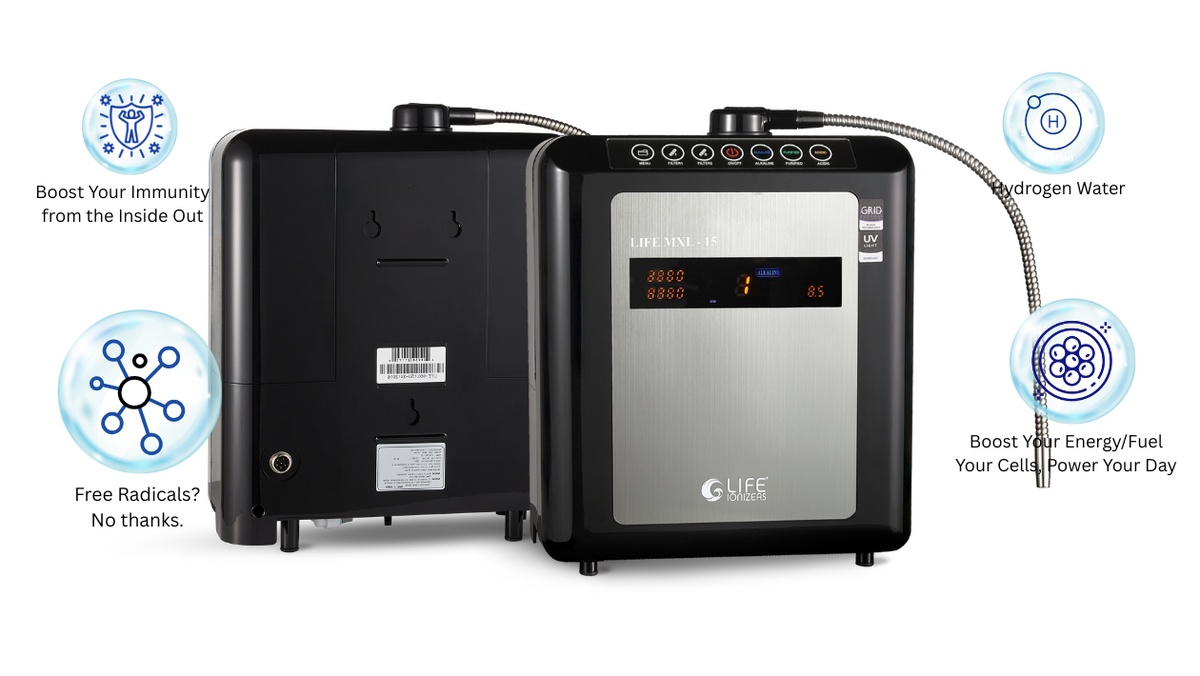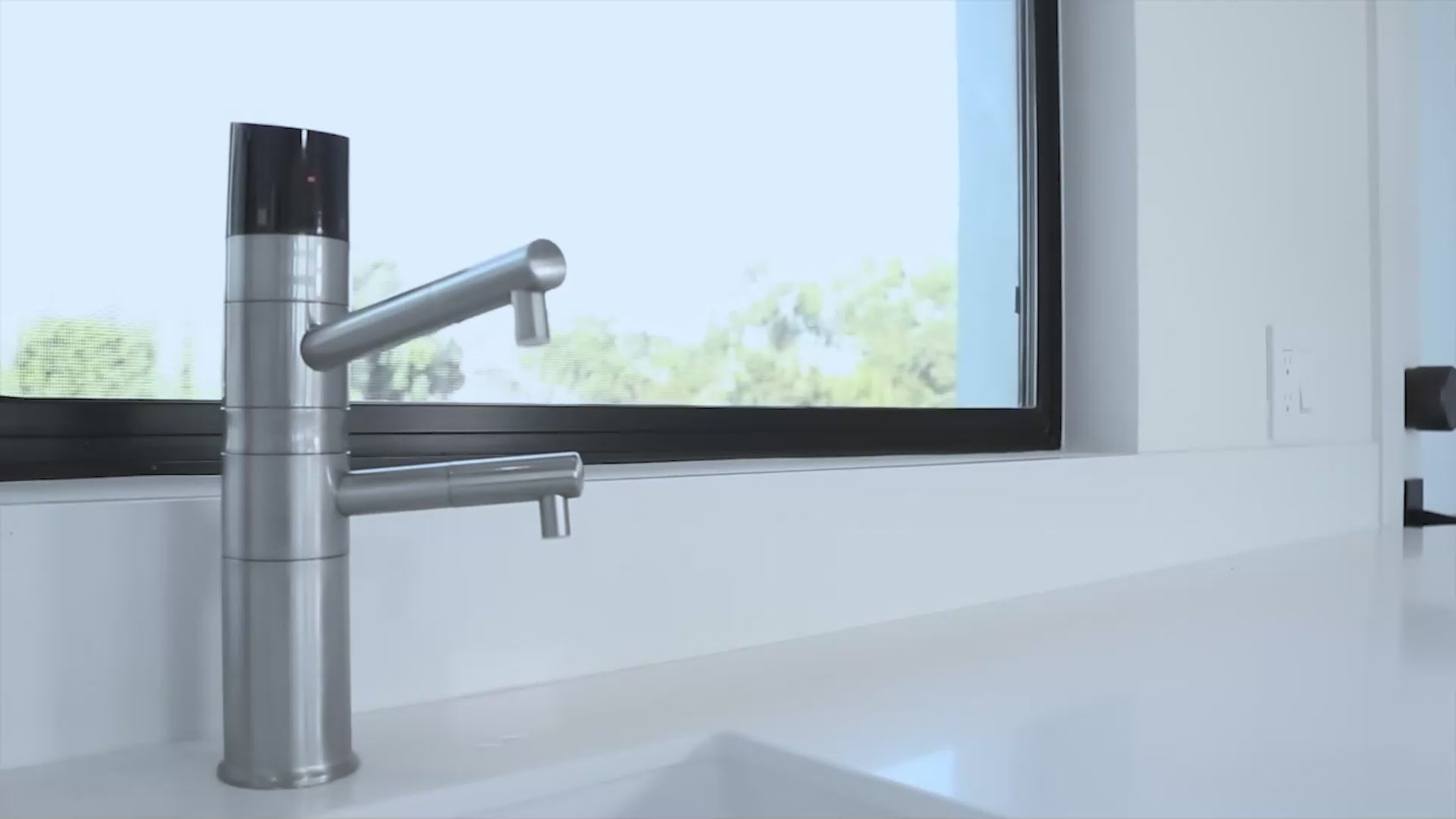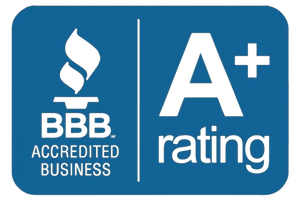Life Hydrogen Water™
Get Your Free Inflammation E-Book
Benefits in Every Glass

Who Loves Life
Celebrities, Athletes
Celebrities, Athletes
Who Loves Life...
Doctors, Customers and More!

How does it work?
The Separation of Ions What Sets it Apart
Ion separation technology is the future of hydration and vitality. Get hydrogen-rich water for you and your loved ones as well as acidic water for sterilization, beauty and your plants. Elevate your health and trust the 29 years of experience Life Ionizers delivers in every glass.
-

-
A Fresh Water Approach to Health
Are you aware of what’s in your water? Hidden contaminants could be lurking in every glass or bottle. At Life Ionizers, our water experts meticulously analyze your unique water supply to uncover potential risks that may be affecting both your health and the water that touches your skin. With our state-of-the-art solutions, you can finally access the clean, safe water you deserve. Your water solutions are here—and so is the help you’ve been looking for.
-
Presticide
Fluoride
Chemicals
Heavy Metals
Microplastics
-
Life Ionizer Healthy Water Solutions
Solve any water problem with Life Ionizer Healthy Water Solutions—the pinnacle of water purification and ionization innovation. State-of-the-art technology for drinking water, whole house systems, agriculture, sterilization and more has arrived.
-

-
Life Ionizer's
Health Water SolutionsWhole House Systems
Alkaline Drinking Water
Travel Systems
Antioxidant Drinking Water
Hydrogen Drinking Water
True Cost of Bottled Water
True Cost of Bottled Water
-

Life Ionizer 2025 MXL Water
Contains antioxidant potential ✔
Adjustable pH for precision benefits ✔
Price per day per Person 0.44¢ / day
Produces fresh hydrogen-rich H2o anytime ✔
Wasteful, harmful to the environment ❌
May contain BPA ❌
Hydrogen in the water ✔
-

Water Bottles
Contains antioxidant potential ❌
Adjustable pH for precision benefits ❌
Price per day per Person $8.00 / day
Produces fresh hydrogen-rich H2o anytime ❌
Wasteful, harmful to the environment ✔
May contain BPA ✔
Hydrogen in the Water ❌
The Life Family Continues to Grow. Meet the Ambassadors!
Best Sellers
Get Your Water Report
Frequently Asked Questions
What is Hydrogen Alkaline Water?
What is Hydrogen Alkaline Water?
Hydrogen water, also known as purified water infused with elevated levels of molecular hydrogen, demonstrates promising health advantages through its ability to mitigate oxidative stress and inflammation. Recent research indicates that hydrogen water offers numerous benefits, including boosting antioxidant levels and mitigating oxidative stress, safeguarding neurons from degeneration and combating cognitive decline, alleviating stress and anxiety (recognized as a nootropic effect of H2), improving athletic performance by modulating blood pH and decreasing recovery time (a parallel to the effects observed with beta-alanine supplementation), regulating inflammation and fostering tissue healing and repair, while also elevating blood pH levels.
What is ORP?
What is ORP?
ORP is a measure of anti-oxidant power. A negative ORP means that a substance can donate free electrons, making it an antioxidant. A positive ORP means that a substance steals electrons, making it an oxidant that can be harmful to your health.
Why are oxidants like 'free radicals' harmful?
Why are oxidants like 'free radicals' harmful?
Oxidants are atoms or molecules that damage other atoms or molecules by grabbing electrons from them, which often converts those other atoms into free radicals. The damage done to atoms and molecules by excessive levels of free radicals and other oxidants in the body causes substantial biological damage that leads to aging and illness.
What should I expect from drinking alkaline ionized water?
What should I expect from drinking alkaline ionized water?
Everyone’s body is different, so ionized water’s effect on you will depend on your health.. Ionized Water gives you energy by providing hydration to support a healthy metabolism. Ionized Water is much smoother tasting than conventional water. It makes better coffee, tea, juice, etc. Alkaline Water is wonderful to cook with because it helps hydrate the food and bring out its flavor. However, other changes in your body after drinking Ionized Water may be much more subtle and take more time to occur. If your body has been ravaged by poor health, it probably took years for you to get into that condition and it will take some time to reverse it.
What is XL Matrix GRID Technology?
What is XL Matrix GRID Technology?
XL Matrix GRID Technology™ increases the time that water spends on the plates. This causes an increase of the electrical charge within the water, therefore, boosting the pH and ORP of the water by 5% to 10%.
Life Water Ionizers with XL Matrix GRID™ technology delivers an electrical current to the water through an array of positively and negatively charged Platinum coated Titanium plates. The water passes in and out of the Titanium grid system, instead of just flowing straight across like flat plates, so it picks up a greater electrical charge (especially when powered by the newer SMPS power systems). This means you get a higher pH (potential of Hydrogen) and antioxidant ORP (Oxidation-Reduction Potential) in every glass of alkaline water you drink!
































